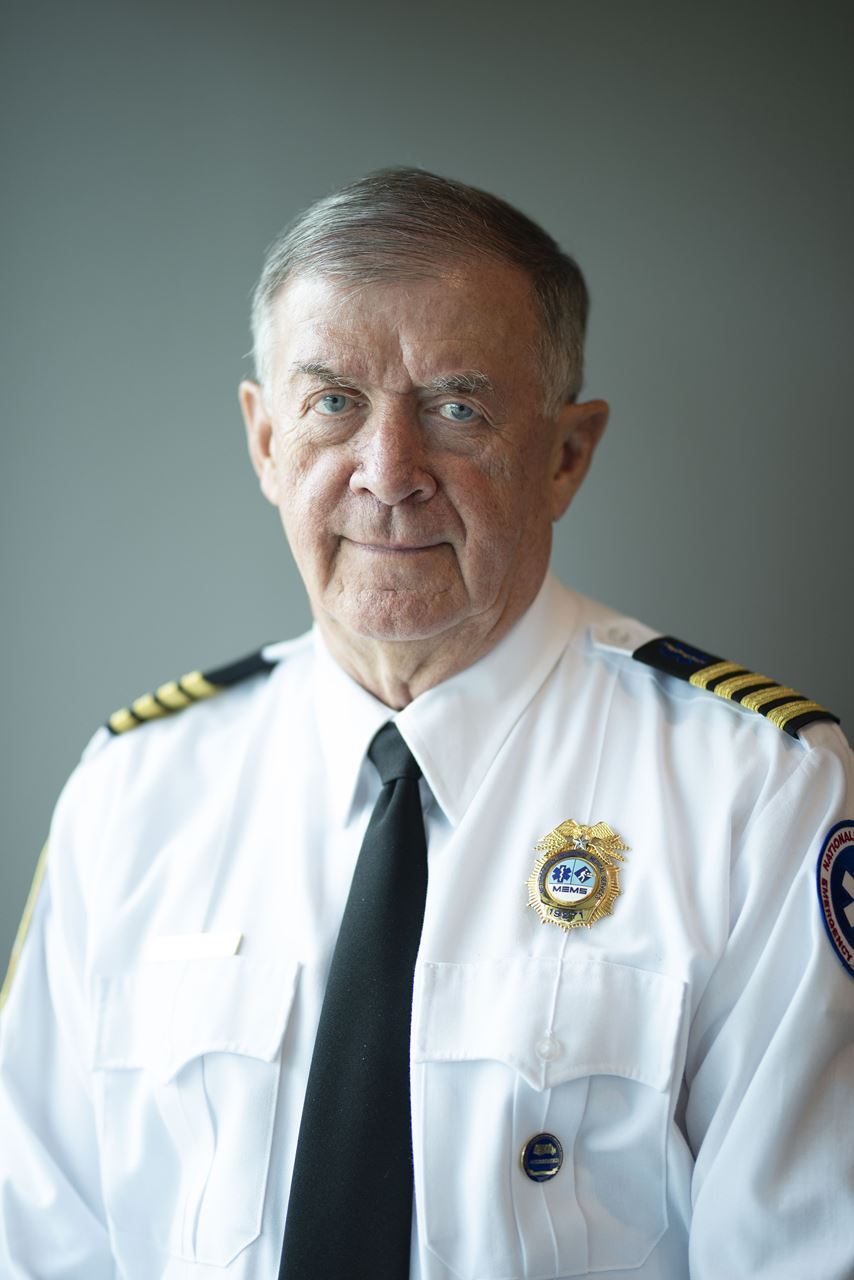 Jon M. Swanson was raised in central Ohio where he earned his bachelor degree from the Ohio State University in 1970 and later earned his master’s degree from the University of Arkansas in 1980. He joined the Air Force and entered pilot training in 1971 where he served as a T-38 and C-130 instructor pilot. During his more than 27 years on active duty he was commander of the 39th Tactical Airlift Squadron (C-130), the 94th Intelligence Wing at Ft. Meade, MD and Commandant of the Combat Airlift Delivery School at Little Rock AFB. His assignments also included lead investigator of a C-130 fatality accident at Jackson Hole WY, UN Truce Observer in Beirut, Lebanon in 1982 and NATO HQ staff officer in Holland. He completed his career on the Air Mobility Command staff as Chief of Combat Operations retiring in 1998 in the rank of Colonel.
Jon M. Swanson was raised in central Ohio where he earned his bachelor degree from the Ohio State University in 1970 and later earned his master’s degree from the University of Arkansas in 1980. He joined the Air Force and entered pilot training in 1971 where he served as a T-38 and C-130 instructor pilot. During his more than 27 years on active duty he was commander of the 39th Tactical Airlift Squadron (C-130), the 94th Intelligence Wing at Ft. Meade, MD and Commandant of the Combat Airlift Delivery School at Little Rock AFB. His assignments also included lead investigator of a C-130 fatality accident at Jackson Hole WY, UN Truce Observer in Beirut, Lebanon in 1982 and NATO HQ staff officer in Holland. He completed his career on the Air Mobility Command staff as Chief of Combat Operations retiring in 1998 in the rank of Colonel.
Since joining MEMS in 1998 Mr. Swanson has been trained and certified as an EMT, an Emergency Medical Dispatcher and in Mass Casualty Incident Command. During his tenure at MEMS he has seen the service area double in size and the run volume triple. He is a past Secretary/Treasurer and is currently an elected board member of the Arkansas Ambulance Association and serves a state ambulance association liaison to Arkansas General Assembly.
Under his leadership, MEMS has successfully implemented in-house entry level EMT and paramedic schools which has resulted in a much more diverse work force and improved retention. He also led the highly successful project to design, deploy and operate the statewide call center for the Arkansas Trauma System which coordinates the movement of seriously injured patients to the closest appropriate hospital across the entire state. He successfully led the project to amend the state rules and regulations to create a tiered system to use BLS units to respond to lower acuity emergency calls resulting in improved efficiency for the entire system.
Under his leadership MEMS has provided Law Enforcement First Responder (LEFR) training to over 3,000 state and local law enforcement officers in the use of tourniquets and other life-saving techniques and coordinated grant resources to provide them with tourniquet kits. This concept was successfully expanded to include similar training and equipment for public schools across the entire state.
During his tenure he has been at the helm through a number of major incidents that demonstrated MEMS’s capabilities under pressure including the crash of American Airlines 1420, the major tornadoes that struck downtown Little Rock in 1999 and Mayflower/Vilonia in 2014, the safe and efficient transfer of patients from the old Baptist Hospital in North Little Rock to the new Spring Hill Hospital, the reception of hundreds hospital patients evacuated to Little Rock in the face of Hurricanes Katrina and Gustav, the evacuation of patients from an area hospital suddenly at risk of flooding, the response to a mass shooting in downtown Little Rock in 2017 with 25 victims and numerous mass casualty events throughout the MEMS service area as well as supporting neighboring communities when needed.
During his tenure as the MEMS Executive Director the system has completed well over a million and a half transports. Throughout he has constantly focused on steadily improving the quality of care and patient outcomes, the recruitment and retention of the best people in the industry, the importance of establishing effective partnerships with both the medical community as well as the area first responders, ethical conduct at every level of the organization and diligent attention on safety for patients, employees and the public at large.